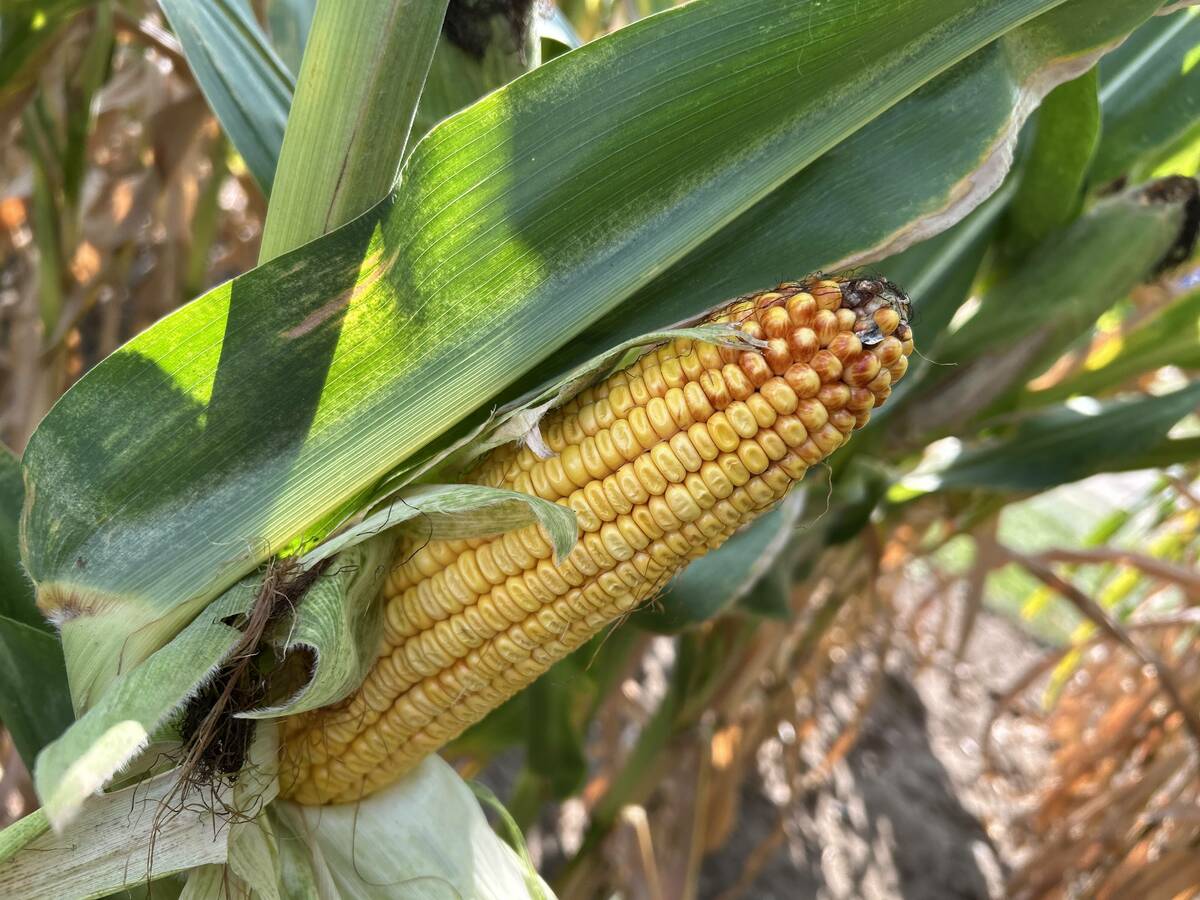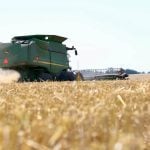Value or production based | Industry expert says percent-of-sales formula worked for pulses
A proposal to raise the flax checkoff in Saskatchewan has sparked a debate about whether a value or production based levy would be the best way to go.
The Saskatchewan Flax Development Commission is seeking producer approval to double its levy to six cents per bushel in time for the new crop year.
When the announcement was made at Crop Production Week in Saskatoon, one farmer wondered whether the commission should be emulating the Saskatchewan Pulse Growers’ model of a percentage-based levy assessed on the value of gross sales.
Read Also

Crop estimates show mixed results
Model-based estimates used by Statistics Canada showed the 2025/26 crop year has seen increases in canola, corn for grain, oats and lentils production while seeing dips in spring wheat, durum wheat, soybeans and barley in comparison to 2024/25.
He questioned the benefit of sticking with a bushel-based levy, hypothesizing that the commission will be in the same financial trouble in 10 years thanks to inflation.
SaskFlax chair Lyle Simonson said the production-based model worked well until flax acres plummeted in the wake of the Triffid GM contamination incident. The SaskFlax board is leery about switching to a percent-of-sales model because it can create administrative headaches.
“We can’t estimate what the price is going to be so it’s very difficult to estimate what our budget is going to be. Our production, except for the last couple of years, has been far more stable,” said Simonson.
Garth Patterson, former executive director of Saskatchewan Pulse Growers, said there are pros and cons with each model.
However, the vehicle for raising money isn’t as important as setting the rate or percentage at the appropriate level to properly fund research and development and market promotion activities.
In the case of the pulse industry, it started out at 0.5 percent when the group was formed in 1984 and then doubled to one percent of sales in the early 2000s in an effort to keep pace with pulse groups in Australia and the United States.
That is well above what other commodity groups are charging growers if their tonnage or bushel based levies are converted to a percent of sales.
“You’ll get about 0.1 percent for wheat and you’ll get about 0.3 percent for canola,” said Patterson.
Saskatchewan’s pulse checkoff pulled in $11.7 million in 2010-11 compared to the $3.9 million raised through the province’s canola levy.
That means the revenue generated by peas, lentils, beans and chickpeas, which together account for far less acreage and production than canola, is three times more than canola.
“(Pulse) farmers have seen the benefits. They view it as an investment,” said Patterson.
The investment has been growing exponentially in an environment of rising crop prices because of the unique percent-of-sales formula. The same levy that raised $4.9 million on total pulse production of 4.1 million tonnes in 2005-06 returned $11.7 million on 4.7 million tonnes of production in 2010-11.
Patterson said the formula works well because farmers are contributing more at a time when they have a better ability to pay.
It also helps that Saskatchewan is a major exporter of peas and lentils, so prices tend to go up when production dips, resulting in a similar checkoff from year-to-year.
“It actually provided some stability,” he said.
Good budgeting was possible by assessing the quality of the crop and historical prices.
Patterson, who is now executive director of the Western Grains Research Foundation, said wheat and barley growers need to start having the same kind of discussions as flax growers about how they want to fund future variety development.
Federal legislation that removed the Canadian Wheat Board’s single desk powers allows for a transitional checkoff on wheat and barley for up to five years. Proposed regulations will be announced in February.
Patterson expects a continuation of the 30 cents per tonne checkoff on wheat and 50 cents per tonne on barley. He’s not sure how it will be collected.
Farm organizations need to figure out how they want to proceed after the transition period or how to take funding in a new direction during the transition years.
“The discussion about continued investment in wheat and barley variety development needs to occur over the next few years so that we have a plan after this transition funding ends,” said Patterson.
Farmers in Alberta are attempting to establish a wheat commission that will collect a refundable levy of 70 cents per tonne in addition to the WGRF levy. Those discussions haven’t occurred in Saskatchewan or Manitoba yet.
Patterson thinks producers should consider the advantages of a western Canadian approach to investing in research rather than a provincial approach.
“You have one producer organization negotiating research agreements with the federal government and with the universities and others.”















